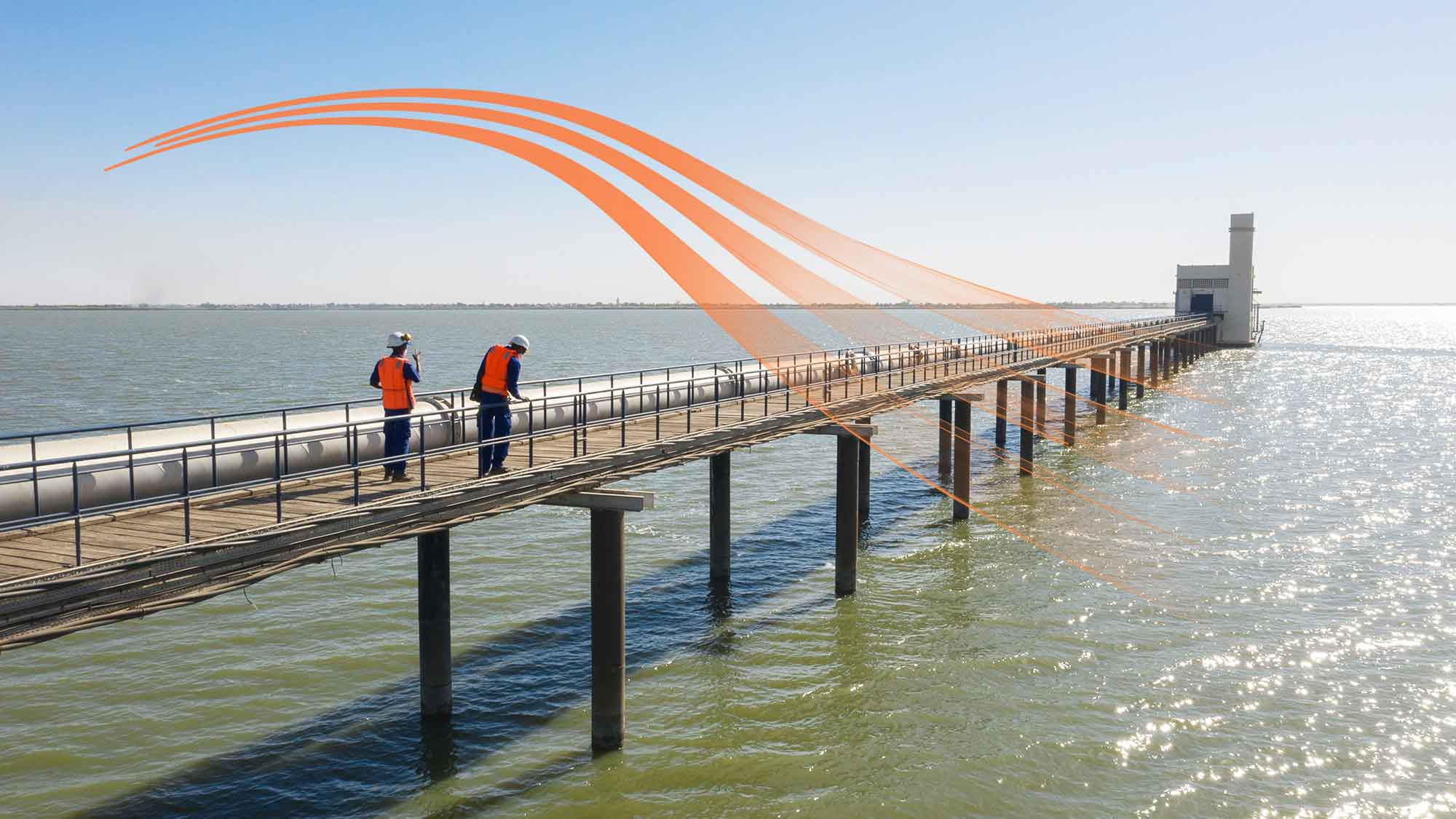SUEZ NWS pursues development in China’s hazardous waste market
In 2017, SUEZ completed the creation of SUEZ NWS Limited, a company formed with its historic partner in China, NWS Holdings Limited. Consolidation of its activities (Water, Recycling & Recovery) under the same entity is an exceptional step toward capturing growth opportunities in a high-potential region. Today, SUEZ NWS started up operations on the 3rd line of the hazardous waste to energy plant in the Shanghai Chemical Industrial Park (SCIP) and unveiled an R&D center dedicated to optimizing energy recovery from hazardous waste to support its development in a fast-growing market in China.
Located 60 km from Shanghai, SCIP is one of the largest petrochemical platform in Asia with over a hundred petrochemical facilities (BASF, BP, Bayer, etc.). SUEZ NWS has been supporting the industrial park since its creation in 2002, by supplying water and effluent treatment for the petrochemical facilities. Since 2006, the Group has also been responsible for the treatment and recovery of hazardous waste. An initial energy plant (lines 1 and 2), with capacity of 60,000 tons/year, was commissioned in 2007 at an investment of €78.5 million. To address the industrial park’s continuing growth, SUEZ NWS started construction in September 2015 of a 3rd line, aimed at doubling the energy plant’s capacity, to 120,000 tons of waste per year.
The 3rd line commissioned today represents an investment of €48 million. It is equipped with vertical-furnace technology, which is particularly well-suited to treating liquid and gas waste which are the main category of waste produced by the petrochemical facilities implanted in SCIP. The energy plant will provide complete treatment of the hazardous waste from 800 companies located in SCIP and in the Shanghai’s area.
In a circular economy approach, energy produced by this waste treatment process will be recovered and distributed to companies in the park in the form of steam, thus reducing the use of fossil fuels and greenhouse gas emissions. The steam produced by line 3 will allow to reduce coal consumption by 40,000 tons a year.
SUEZ NWS has also inaugurated today an R&D center within the energy plant, dedicated to developing innovative solutions for treating and recovering hazardous waste. It is exploring several focuses of research, including improving waste to energy recovery technology, process optimization and industrial standardization. Up to 3% of the energy plant’s total revenue each year will be invested in this R&D center, which employs 13 engineers and researchers. The Group will use this R&D platform to strengthen its cooperation with Shanghai Jiaotong University and Tongji University around innovation in waste technology.
“This 3rd line and R&D center opening are aimed at supporting SUEZ NWS’ development in hazardous waste recovery in China, a high-potential market as the country should produce 76 million tons of hazardous waste in 2020, versus 40 million in 2013. Aware of the pollution risks involved, local authorities and industries have pegged their development to an actual environmental policy. As an exemplary industrial park, SCIP is destined to be replicated throughout the country” stated Marie-Ange Debon, Senior Executive Vice President in charge of the International Division of SUEZ.
SUEZ NWS already has 6 hazardous and household waste treatment projects in Greater China of which 3 are under operation. In the Nantong technology zone, SUEZ NWS has just implemented an energy plant capable of treating 30,000 tons of hazardous waste and 3,300 tons of medical waste per year. On March 2, SUEZ NWS initiated construction of an energy plant in the Taixing economic development zone (Jiangsu Province), capable of treating 30,000 tons of hazardous waste per year. Steam produced by the energy plants in the Nantong and Taixing industrial parks will be redistributed to neighboring companies for industrial use.
